You’ve probably heard them: those sometimes loud gurgling noises coming from your four-legged friend’s belly. Sometimes your dog might act uncomfortable, stretching out like a cat (or what’s known in yoga as Downward-Facing Dog). Perhaps he stops eating, or you see him eating grass. Sometimes your pup might act like nothing is wrong at all. Should you be concerned when you hear your dog's stomach gurgling? Here’s what to know.
What are gut sounds?
The noises you’re hearing come from your dog’s gastrointestinal tract. The medical term for these sounds is Borborygmi, and what’s happening is gas is moving through the intestines. The amount of gas depends on how the normal bacteria in the colon are working on breaking down undigested food. Amounts of gas vary depending on the individual dog, diet, and when the last time food was consumed.
It is normal for the intestine to contain gas, yet sometimes it can move rapidly to the large intestine (colon).
Are loud gut sounds in dogs normal?
Sounds from a dog’s abdomen in most cases are not concerning and can occur as part of the normal digestion process. The gut will also make noise when hungry. Peristalsis occurs after ingestion of food, but also more frequently after a dog’s stomach has been empty for about two hours.
When a dog (or human) is hungry, signals from the brain tell the digestive organs to prepare for a meal. Many dogs may have an increase in gut sounds in the morning before they have had a meal, or if they have been fasting for many hours.
Dogs often can ingest too much gas, too, which can also lead them to have increased Borborygmi.
You may notice more noise in the summer, too. Panting due to heat and exercise can cause an accumulation of gas in the gastrointestinal tract. Eating and drinking very rapidly can also cause increased gas.
If your dog seems to be feeling well and has no other abnormal clinical signs, the noises you hear are normal and not causing any pain or discomfort.
When is the noise a concern?
Excessive gas in the gastrointestinal tract causes louder or more frequent gut sounds—and it can lead the intestine to have increased activity and contractions.
If your dog’s gut sounds increase in frequency or volume (perhaps you can hear them from across the room), or if your dog shows additional signs of distress, you should consult your veterinarian.
Gut sounds are definitely a concern when they are associated with other clinical signs as gastrointestinal upset is present. These signs include:

There are many potential issues or diseases that can cause loud gut sounds accompanied by the clinical signs mentioned above. After a physical exam, your veterinarian may recommend tests such as blood work, urinalysis, or imaging of the abdomen to find out why your dog is exhibiting these signs.
Note: Dietary indiscretion (when your dog eats something they shouldn’t) is one of the most common causes of increased gut sounds in dogs. When the gastrointestinal tract is exposed to something that irritates it—it could be a new food, chew stick, soil, all the countless things dogs like to get into—it will work extra hard to break what has been ingested down. This causes an upset stomach for your pup, as well as gastroenteritis (inflammation of the stomach and intestines), which leads to excess contraction of the intestines. This can then create even more noise from the abdomen. In most situations, gastroenteritis will be mild and often responds to a bland diet and supportive, veterinarian-prescribed care such as anti-nausea or anti-diarrheal medications.
Sometimes dogs consume a toxic substance or something that may cause a blockage in the gastrointestinal tract. There are many toxins dogs can get into, for example, including grapes, raisins, chocolate and human medications. An obstruction of the gastrointestinal tract is also very serious, and in some cases requires emergency surgery to remove the foreign object as it can be life threatening.
When the foreign object becomes anchored in the stomach or intestines, the intestines will try to work extra hard to move this object down the gastrointestinal tract. This will lead to excessive peristalsis—which leads to loud, frequent gut sounds.
Inflammation of the pancreas, or pancreatitis, causes digestive issues that can also lead to excessive Borbyrgmi. The role of the pancreas is to produce enzymes (substances which cause a chemical reaction) that are important in digestion. Pancreatitis in dogs can occur from dietary indiscretion, such as consumption of a fatty meal. Some breeds such as the Miniature Schnauzer and Miniature Poodle, have a genetic predisposition to developing pancreatitis more frequently than other breeds.
Inflammatory bowel disease (IBD) can also lead to abnormal contractions of the intestines. This occurs due to the immune system producing abnormal cells that damage the delicate walls of the intestine. Loud gut sounds, vomiting, diarrhea and weight loss are often seen.
 Is there anything I can give my dog for loud gut sounds?
Is there anything I can give my dog for loud gut sounds?
An increase in noise alone does not require any medications or treatment. Check with your vet before administering any medications.
Supplements can sometimes be helpful in supporting your pup's overall health. Those containing prebiotics and probiotics can help maintain healthy gut bacteria—otherwise known as the microbiome. If the microbiome is unbalanced, this may lead to excessive gas in the intestines. Prebiotics are sources of fiber that help with the growth of the good bacteria. Probiotics are the actual live bacteria that are a normal component of the microbiome, in the form of a supplement. These bacteria bind to the cells in the intestines, causing them to release compounds that aid in proper digestion.
What can I do to prevent my dog from having excessive gut sounds?
Nutrition plays a critical role in ensuring your dog has normal digestive health. Finding a high quality food that works for your dog can be difficult. In most cases, veterinarians recommend commercial dog food over home-cooked diets to ensure that all the vital nutrients dogs need are included in the food.
Staying consistent with the chosen diet is important, too. Changing diets too frequently can lead to indigestion. Instead, transition your pup to his new food by adding small amounts to his old food over a period of at least a few weeks. Anytime something out of the normal diet is consumed--whether table scraps, treats, chew sticks or something you did not want your dog to get into—you’ll likely hear gut sounds (or even see your pup eat grass).
If your dog develops vomiting or diarrhea, you can try to feed a bland diet of boiled chicken breast and white rice (with no additives) as long as your dog does not have related food allergies. If constipation is an issue, some dogs may do better on a high fiber diet. Adding canned pumpkin to the normal dog food can also help.
If your dog excessively pants while exercising, you may want to take intermittent breaks so gas does not accumulate in the gastrointestinal tract. For dogs that eat too quickly, moistening food, splitting meals, or using food toys can help slow things down. Of course, the best way to keep your dog’s tummy healthy (and quiet) is to ensure regular veterinary visits to screen your dog for any potential diseases if the suspicion may arise.
~~~ Photos: Feature image: Benjamin Ilchmann, Unsplash Spaniel in grass: Ralu Gal, Unsplash Dachsund: Ilona Froehlich, Unsplash Resources: Brooks, Wendy. “Inflammatory Bowel Disease in Dogs and Cats - Veterinary Partner.” Veterinary Information Network, Jan. 2001. Brooks, Wendy. “Pancreatitis in Dogs - Veterinary Partner.” Veterinary Information Network, Jan. 2006.
Fleas and ticks can cause serious diseases that are common in dogs, and exposure to these parasites can be a public health concern. In fact, flea populations have grown significantly as more people own pets. The amount of outdoor and feral cats has also increased, for example, which helps fleas survive outside.
Tick populations have evolved, too, due to a number of factors including climate change, forest destruction and changes in migratory animal patterns. The deer population has grown exponentially over the last 20 years, for example, which has caused a boost in tick population.
So Where do Fleas and Ticks Live? Everywhere. 
Fleas are especially insidious. There are 2000 different species found all over the world. A common myth is that fleas do not cause serious problems like ticks, but unfortunately they can. The cat flea, Ctenocephalides felis, is the type that affects our dogs and other pets in almost all cases.
Fleas feed on the blood of a warm-blooded host just like ticks, and this can include humans. So it’s important to keep your pets flea and tick free. The good news? Flea and tick issues are generally completely preventable. Here’s what to know:
Flea and Tick Prevention 101:
Your veterinarian should recommend a type of prevention based on your dog’s age, health history and geographic location. Your dog’s lifestyle is also important to consider. For example, if you take your dog camping and hiking, they may be at higher risk.
Ideally, you’ll use one product that can effectively kill and prevent both fleas and ticks. This is more affordable and decreases the total amount of treatments you’ll need to administer. The following are some options:
Tablets, collars and topical preventatives are well studied and what most veterinarians recommend. Most tablets are chewable and palatable, and depending on the type, they are effective for 30-90 days. Products such as Nexgard, Bravecto and Simparica are commonly prescribed and have been shown to be highly effective and safe. There is a low rate of side effects including gastrointestinal upset, which can occur with giving any type of medication or supplement. Neurologic side effects have been rarely reported, but tablet preventatives should be used cautiously with dogs that have a history of seizures.
Prescription flea and tick collars typically last for at least six months. Seresto is the most commonly prescribed, lasting up to eight months. No significant side effects are reported but some pets may have skin irritation from the collar or scratch excessively at their neck, and cause skin abrasions.
Topical prescription products are another option, and include Advantage, Advantix, and Vectra 3D. Most topicals should not be used on dogs who frequently swim, as the water can remove the products.
Sometimes localized skin irritation at application site can occur. Other side effects are rare, but it’s still wise to use these products cautiously if your dog has a history of seizures.
Interestingly, topical preventions should be avoided for Scottish Terriers, as it has been shown they may increase the likelihood of developing a type of bladder cancer called Transitional Cell Carcinoma
If you prefer natural alternatives, it’s important to note that there is limited data available with regard to the products’ effectiveness. Lemongrass oil is a common ingredient found in non-chemical products, and you may find lavender, too. Most veterinarians do not support the use of natural products as a safe way to prevent fleas and ticks, however, due to the limited studies available. In fact, many natural products contain essential oils which may trigger seizures in dogs, so consult with your veterinarian before using these products just as you would any other.
There is another topical we haven’t yet discussed: Bathing! A good wash does not prevent fleas, though medicated shampoos and even dish soap may be effective at killing fleas on your dog’s skin.
How do You Know If Your Dog Has Fleas and Ticks? 
Ticks can sometimes be easy to spot, as they fill with blood. Some flea symptoms are not as easy to see, however. If a dog has fleas, he might scratch at his belly, though not every dog will feel itchy. Often, it’s the dogs who are allergic or sensitive to flea bites who experience skin discomfort.
Dogs with fleas sometimes experience hair loss—usually from the back half of the body. You can also look for small, black spots near the base of the dog’s tail. This is often called “flea dirt,” and is usually specks of your dog’s blood, or the flea’s feces.
Common Diseases Caused by Fleas:
Anemia: The most serious consequence of fleas
Once a flea attaches to a dog’s skin, it starts to suck blood—and unfortunately, blood loss can lead to anemia, which is a low red blood cell count. Anemia can be a life threatening condition, as red blood cells play a critical role in the body delivering oxygen to vital organs.
Fortunately, flea anemia generally only occurs in certain cases: large infestations or in puppies, toy dogs, and those that may already have diseases anemia-causing diseases, such as cancer or immune system issues. It takes a lot of blood loss and a severe infestation to cause anemia. If your pet does become anemic, it is generally treatable with blood transfusions and medications to remove fleas quickly.
Flea-related skin issues: The most common dermal ailment
Fleas can cause flea-allergy dermatitis (FAD), which is when the immune system overreacts and causes inflammation and secondary skin infections. Flea-allergy dermatitis is usually the top reason dogs are seen for itchy skin.
It’s most common in the summer, but can be seen year round. When fleas attach to your dog, they inject saliva under the skin and insert compounds that cause dogs to be itchy pretty quickly. Some extra-sensitive pooches feel itchy within 15 minutes, yet for other dogs it can take a few days.
FAD is so unfortunately common because the canine immune system has a low tolerance to flea saliva exposure.
Note: Secondary skin infections can sometimes occur, which lead to hair loss and damage to the natural skin barrier. Your veterinarian will prescribe oral and/or topical antibiotics based on the extent of the infection. Although many antibiotics used for the skin are relatively safe, it’s important to know they may cause your dog to have gastrointestinal upset, decreased appetite and lethargy. Some antibiotics can have more serious side effects and your veterinarian will be careful in prescribing based on your dog’s general health. The more times antibiotics are administered, the more likely other types of resistant infections can occur in the future.
Tapeworm: The secondary parasite.
Fleas can carry the gastrointestinal parasite, Dipylidium caninum, commonly known as tapeworm. In fact, fleas are the only way tapeworms can infect dogs.
The parasites can cause illness by removing important nutrients from the intestines, leading to weight loss and gastrointestinal issues. Tapeworms can grow up to one foot long within the intestines.
Tick-borne diseases:

Ticks are can attach to the skin of animals and people, and they’re capable of transmitting a variety of diseases that can be serious and even fatal. Ticks generally need to be attached for 48 hours to transmit disease, so quick removal is important.
What to do if you see a tick on your dog
If possible, visiting your veterinarian for proper tick removal would be ideal, because it can be easy to leave the tick’s head embedded in the dog’s skin.
Tick-borne diseases are diagnosed with a blood test, but the disease may not be evident in the blood immediately. In early stages, most tick-related diseases are treatable. Often the earliest common sign of a tick-borne disease is lethargy due to fever. If you see a tick, the best thing to do is to see your vet.
Lyme Disease: The Most Common Tick-Related ailment
Lyme disease is caused by the Black-Legged tick which is unfortunately active year round. The tick can survive freezing temperatures and is most prevalent in the Northeast, Midwest, Florida, Canada and along the west coast.
First off, if you notice a tell-tale bullseye rash, take your dog to the vet. Other signs of lyme disease may include: lethargy, weight loss, lameness on one or more limbs and swollen lymph nodes.
Unfortunately Lyme disease can be fatal if the infection travels to the kidneys and certain cells that help blood clot appropriately. Luckily, there is a vaccine to prevent Lyme disease and treatment is possible in early stages with antibiotics.
Ehrlichiosis is carried by the American Dog Tick, Lone Star Tick and Brown-Dog Tick, which are found worldwide. Most cases occur in spring and summer. Signs include decreased appetite, lethargy and sometimes bruising or bleeding from the gums or nose due to the destruction of platelets. Ehrlichiosis must be treated in its early stages for a favorable outcome. Unfortunately, late stage treatment carries a poor prognosis.
Anaplasmosis occurs after a bite from the Brown-Legged Tick. Most cases occur in summer but have been reported every month. There are two types: One seen in the Northeast and Midwest, and the other in California and coastal states. The signs and prognosis are similar to Lyme disease.
The American Dog Tick or Rocky Mountain Wood Tick transmits Rocky Mountain Spotted Fever. These ticks are found in North, Central and South America. Infection can occur as soon as five hours from when the tick attached. Signs are non-specific and include decreased appetite, abdominal pain, lethargy, and facial swelling. Sadly, the fatality rate has been reported as high as 10%.
In summary, the most effective way recommended by veterinarians to prevent flea- and tick-related diseases is to find an appropriate product for your pet that safely kills and prevents fleas and ticks. Your dog’s health is worth it!
Tell us: What is your favorite flea and tick preventative? Let us know in the comments.
~~~
Brooks, Wendy. “Flea Anemia in Cats and Dogs - Veterinary Partner.” Veterinary Information Network, 21 Apr. 2019.
Brooks, Wendy. “Tapeworms (Dipylidium Caninum) in Dogs and Cats - Veterinary Partner.” Veterinary Information Network, Jan. 2019.
“CDC - DPDx - Fleas.” Centers for Disease Control and Prevention, Centers for Disease Control and Prevention, 8 Dec. 2017.
Dryden, Michael W., et al. “Flea Allergy Dermatitis - Integumentary System.” Merck Veterinary Manual, Merck Veterinary Manual, Dec. 2014.
“Flea and Tick Control Products for Dogs and Cats - Veterinary Partner.” Veterinary Information Network, 21 Nov. 2019.
Knapp, Deborah. Canine Bladder Cancer. Purdue University, Apr. 2013.
While times are uncertain during today’s pandemic, life still goes on—which means there’s a chance your pet may need veterinary care. Fortunately, animal care providers are considered an essential business, which means your pet can see a veterinarian in case of emergency. The American Veterinary Medical Association (AVMA) has helped veterinarians come up with safety protocols and guidelines to ensure clients and staff remain healthy. One of the AVMA’s primary recommendations? Veterinary telehealth—and here’s how it can work for your pet.
Telehealth allows veterinarians to use technology to make health recommendations and educate owners over the phone or computer. It allows people to stay home during the current COVID-19 crisis and can help many pets.
Two weeks after declaring a national emergency in the United States due to COVID-19, the Food and Drug administration temporarily suspended certain requirements related to veterinary telehealth. Veterinarians can now prescribe medications without conducting a physical exam.
Telehealth allows veterinarians to practice better social distancing while still providing veterinary care. It is also critical to keep veterinarians safe, because if they have an outbreak, the clinic may have to be closed which would affect other community members.
 Barring life-threatening emergencies, telehealth can help animals under most circumstances, though a veterinarian may still recommend an animal be seen. Here are some situations when telehealth is appropriate: (Note: Each individual provider will have their own recommendations.)
Barring life-threatening emergencies, telehealth can help animals under most circumstances, though a veterinarian may still recommend an animal be seen. Here are some situations when telehealth is appropriate: (Note: Each individual provider will have their own recommendations.)
- Itchy skin and skin infections
- Mild ear infections
- Mild eye discharge
- Diarrhea or vomiting
o If only a few episodes and patient seems to be happy and feeling well
o Flare up of chronic diarrhea or vomiting
- Recheck of surgical incisions that are healing well and do not require stitches to be removed
- Mild respiratory symptoms such as nasal discharge
- Noticeable parasites in stool
- Management of chronic diseases, such as hypothyroidism, where blood work may be able to be postponed if:
o Your pet is doing well
o Medication dosages were not changed at last visit
o Not diagnosed with condition within the last month
- Rechecks of mild limping if x-rays were already taken and there is improvement
- Quality of life consults
- Nutrition consults
- Anxiety or other behavioral issues
A treatment plan with medication or nutrition may be prescribed over telehealth. These medications may be able to be called into a pharmacy, ordered online or picked up at the veterinary office. Telehealth will also educate the owner on what to monitor, and if the pet has not improved, when to seek urgent care.
A veterinarian can also use video calls to look at your pet and do an exam from a distance if there is something you would like to point out. You can also email videos and photos to your veterinarian, to obtain as much information as possible.

Telehealth can help get your pet up to speed.
Many veterinary hospitals that have remained open are going “curbside,” which means clients are not able to enter the building. Staff will take pets into the hospital, and all correspondence (including your veterinarian’s findings and recommendations) will be done via phone. Some clinics are open for medication pickups, too.
First things first: Before bringing your pet to the vet during this world crisis, ask yourself if the appointment is essential and worth the risk. If your pet’s situation isn’t emergent, it may be wise to start with telehealth.
Resources: Commissioner, Office of the. “Coronavirus (COVID-19) Update: FDA Helps Facilitate Veterinary Telemedicine During Pandemic.” U.S. Food and Drug Administration, FDA, 24 Mar. 2020. “COVID-19: Protecting Your Veterinary Team during the Pandemic.” American Veterinary Medical Association, Mar. 2020. “Veterinary Telehealth: The Basics.” American Veterinary Medical Association. Photos: Top: Ayla Verschueren Middle: Yucel Moran Bottom: Alvan Nee
Glucosamine is an important and powerful component commonly found in joint support supplements. Glucosamine is well studied in humans and dogs and shows to improve joint and bone health. Glucosamine is an amino acid that is naturally produced in the body and is present in many body tissues including joints, tendons and ligaments.
Glucosamine is one of the most popular supplements for people and dogs to improve the health of joints and is found in Hemp and Hips by Veterinary Naturals.
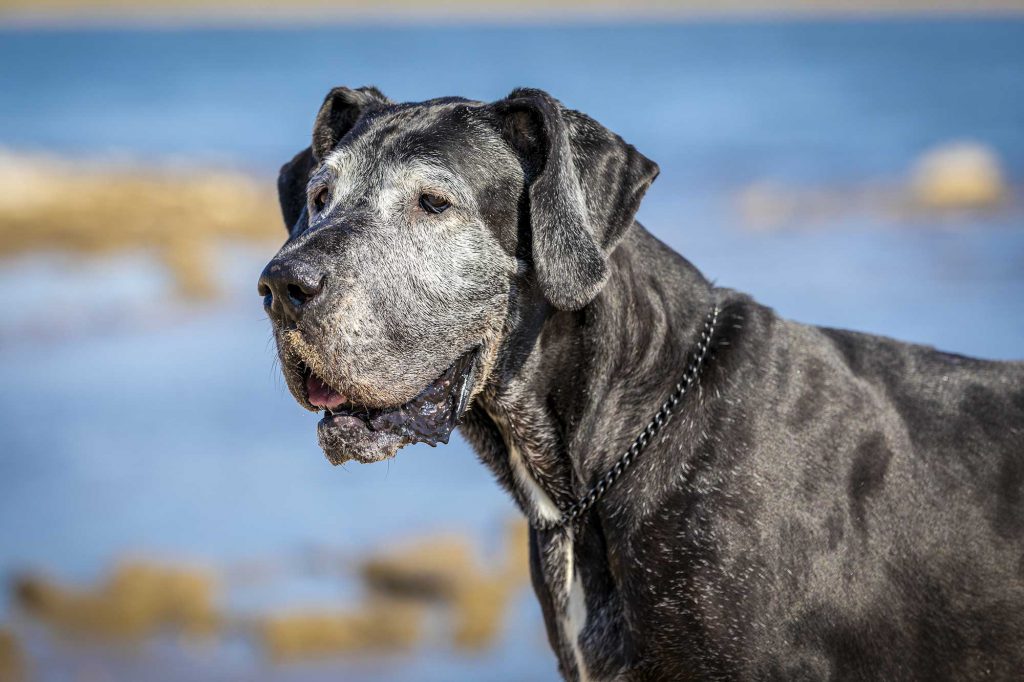


Spirulina is two species of algae that has been successfully and safely used as a dietary supplement in people for centuries and more recently in animals. There have been recent studies in veterinary medicine that show Spirulina has benefits to enhance the immune system in dogs. It is easily digested in dogs and has not been shown to have any side effects. Spirulina is found in Hemp and Hips by Veterinary Naturals.

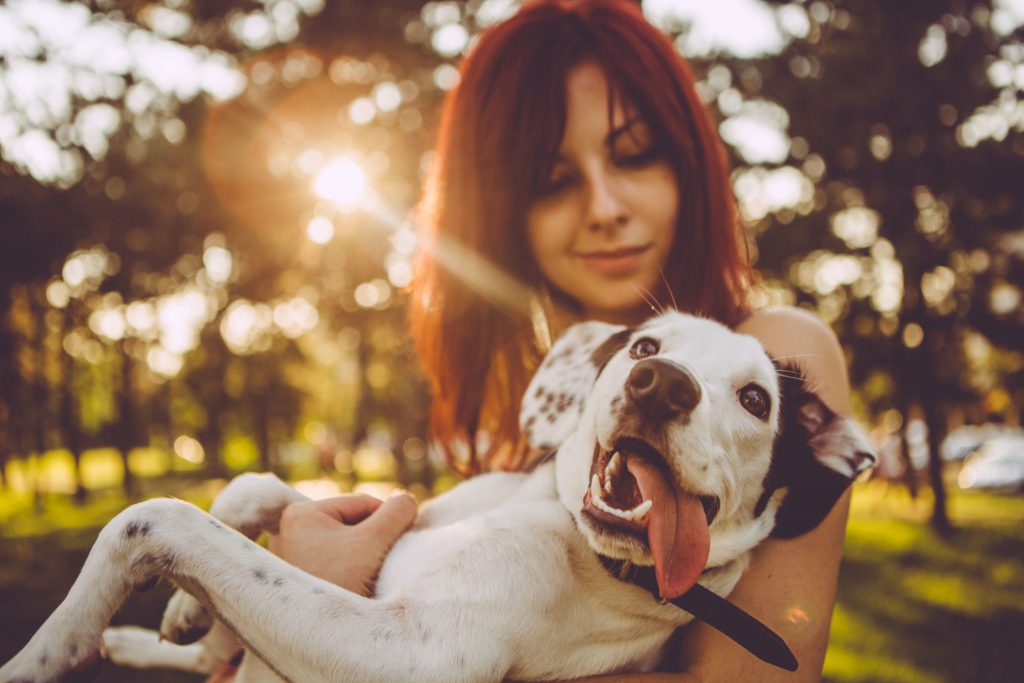


Veterinary Naturals Hemp & Hips Inflammation:

[/et_pb_text][/et_pb_column][/et_pb_row][/et_pb_section]
Hyaluronate, commonly labeled as sodium hyaluronate, is used in many human and veterinary supplements as it has many important benefits. It is a naturally occurring compound found in many tissues in humans and animals. Hyaluronate is found in Hemp and Hips by Veterinary Naturals. Below is a list of the top five benefits of hyaluronate.


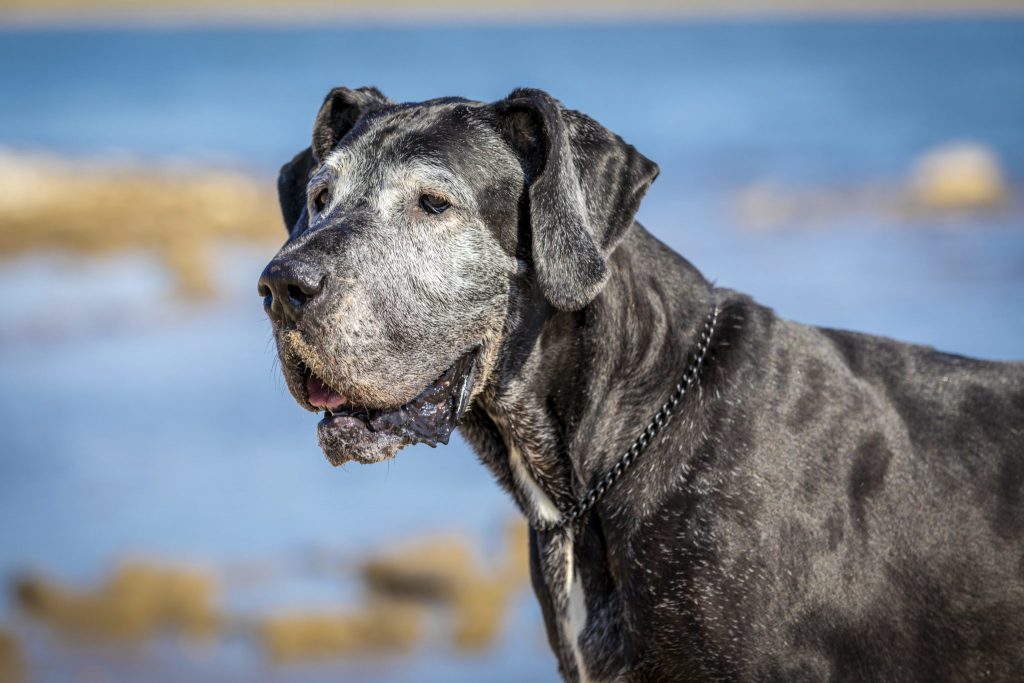

Inulin is a type of fiber that is found naturally in plant roots. It is one of the most common ingredients in prebiotics used in veterinary medicine
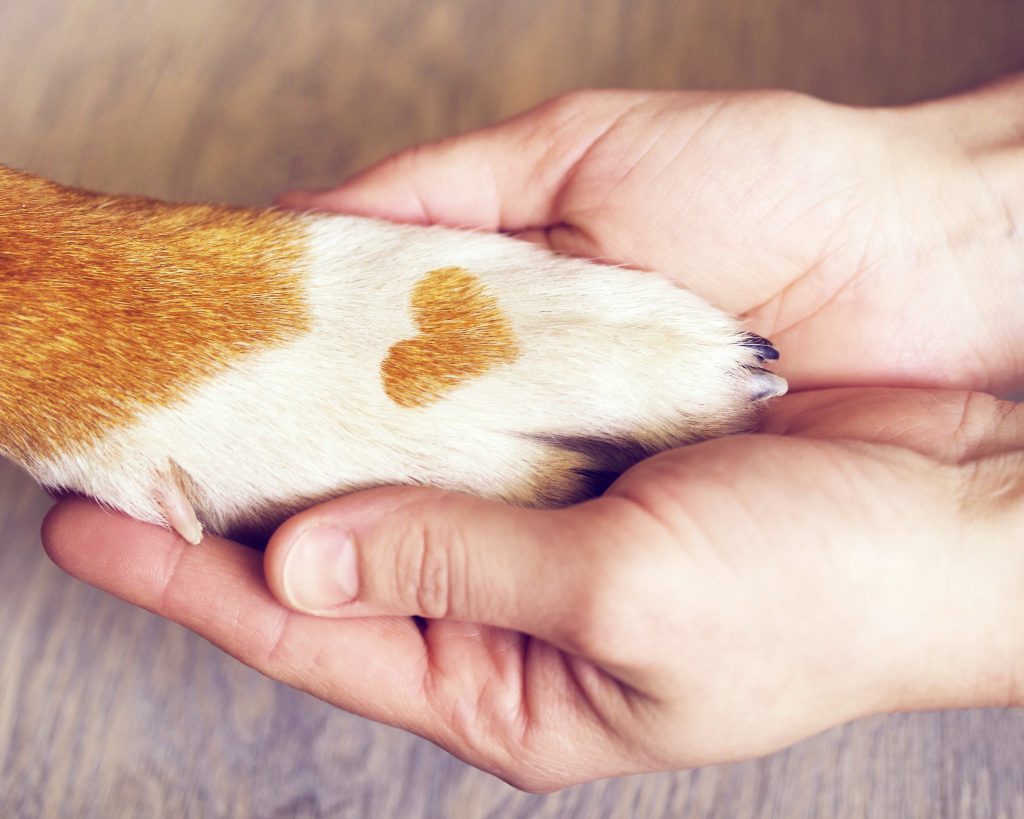
Inulin is an important component in supplements as it helps to increase the likelihood of dogs absorbing all of the supplement, such as in the Vet Naturals Immune and Allergy Chews. Inulin is an ingredient in many of the highest-quality pet foods that have specific standards to promote gastrointestinal and overall health.

This includes the normal bacteria and fungi that should be living in a healthy gastrointestinal tract

This will ensure your dog is actually getting every nutrient within the food
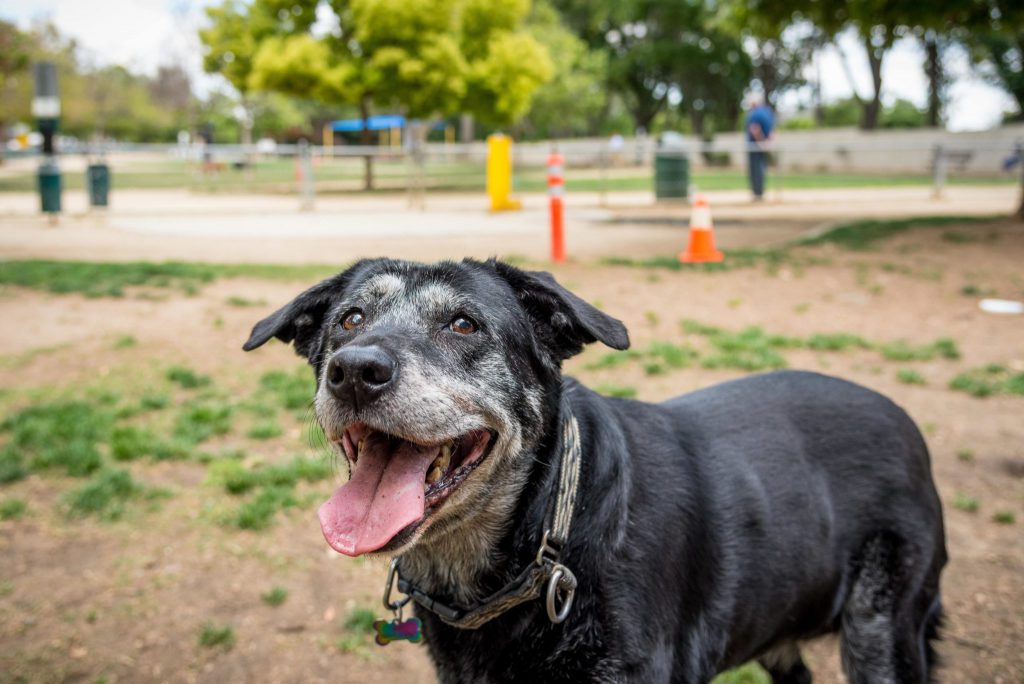
This will decrease gastrointestinal upset including diarrhea in those pets
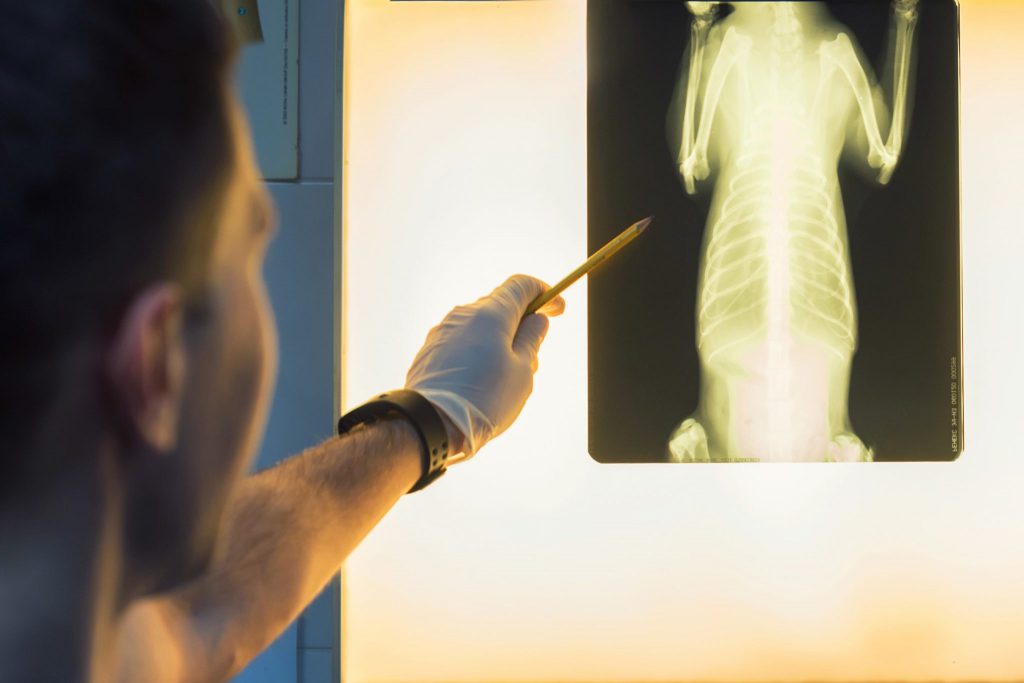
IBD (inflammatory bowel disease) is one of the most common gastrointestinal diseases in dogs.

The natural properties may prevent or delay damage to cells
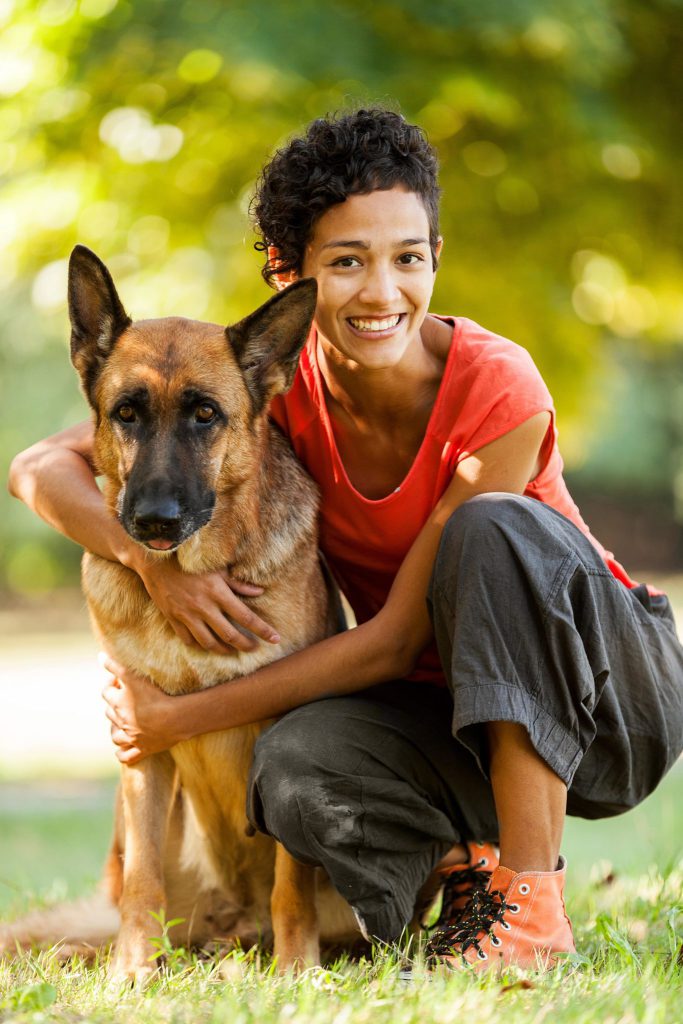
The use of lawn chemicals (pesticides, herbicides, and rodenticides) on yards to control weeds, insects, or rodents is very common, particularly in the spring and summer months. These chemicals can be beneficial, but can also hurt your pets if they are not used or stored correctly.



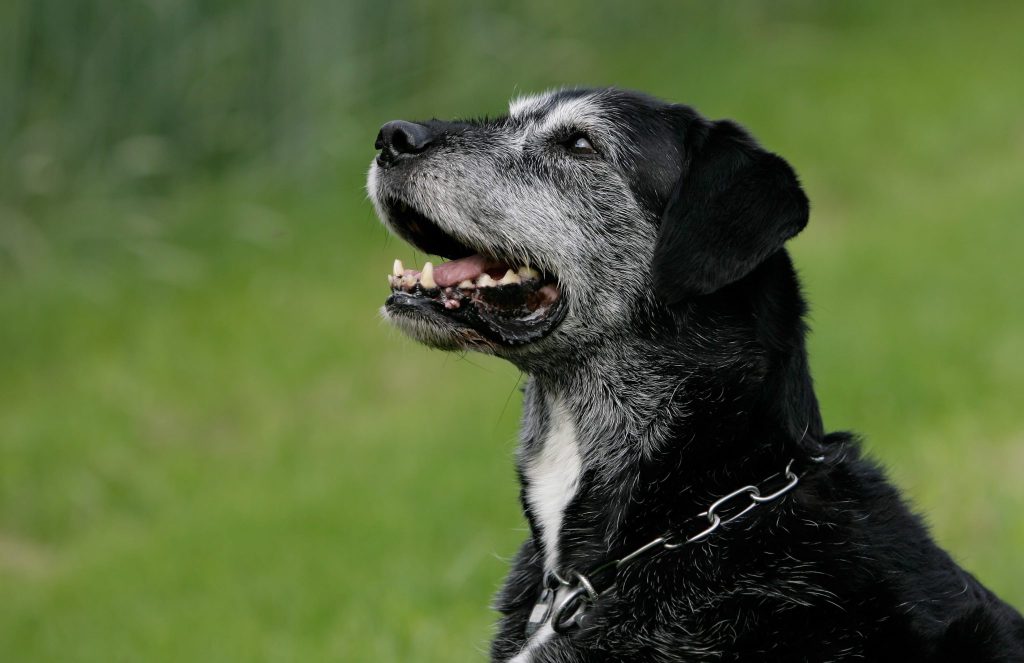

Devil's Claw comes from a desert plant (Harpagophtum procumbens) that lives in Southern Africa. The active ingredient is a compound harpagide, which exists in many medicinal plants. Its use has become more popular in veterinary and human medicine as a pain reliever. It has been reported to help with joint pain in dogs, horses and humans and established doses have shown to be safe in dogs.




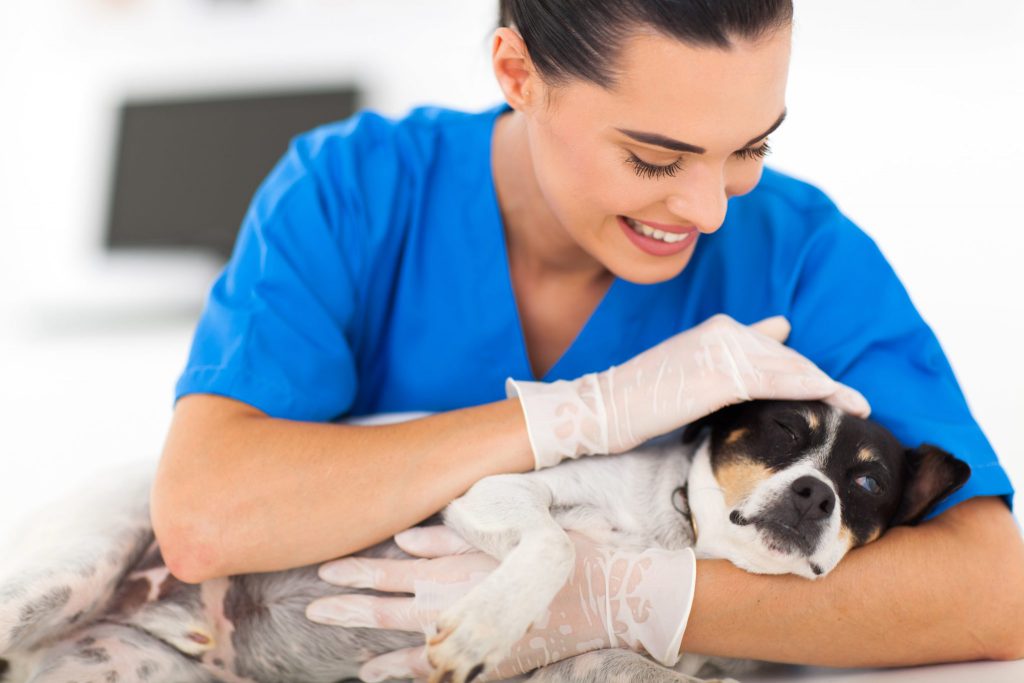
There is no simple explanation for the many responsibilities of a veterinary technician. There are many types of veterinary technicians; people most commonly think of them as a nurse and direct assistant to veterinarians.

However, many technicians specialize in other fields such as:

Many technicians perform most of these roles daily while they are always learning new skills and mentoring new technicians. Technicians play an important role in also guiding new veterinarians. They have many mandatory technical capabilities such as:
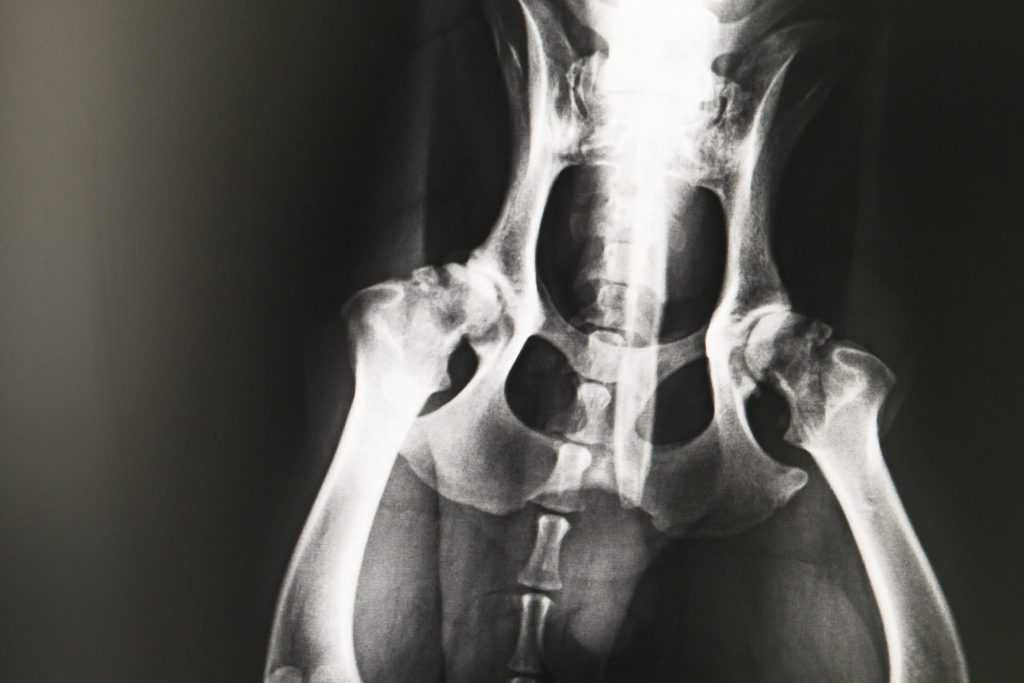
However, the role of technicians is so much more than technical capabilities. They play an important emotional role within the hospital. They are often the first person clients speak to and the last person the client listens to as we discuss the reason for the visit and explain the important discharge care for the patient.

Technicians also play a very important role in educating clients. Technicians listen to the frustration, anxiety, and grief of the client and provide them with the encouragement they need to make the appropriate decisions. They deal with the client’s emotions of pets being sick and try to comfort and appreciate the love for their pets. They provide the client will all the necessary information to guide them through their pet’s life to keep their pet healthy and happy. Technicians are the advocate for the pet and provide them with a voice. Every shift is an emotionally demanding day for a veterinary technician.
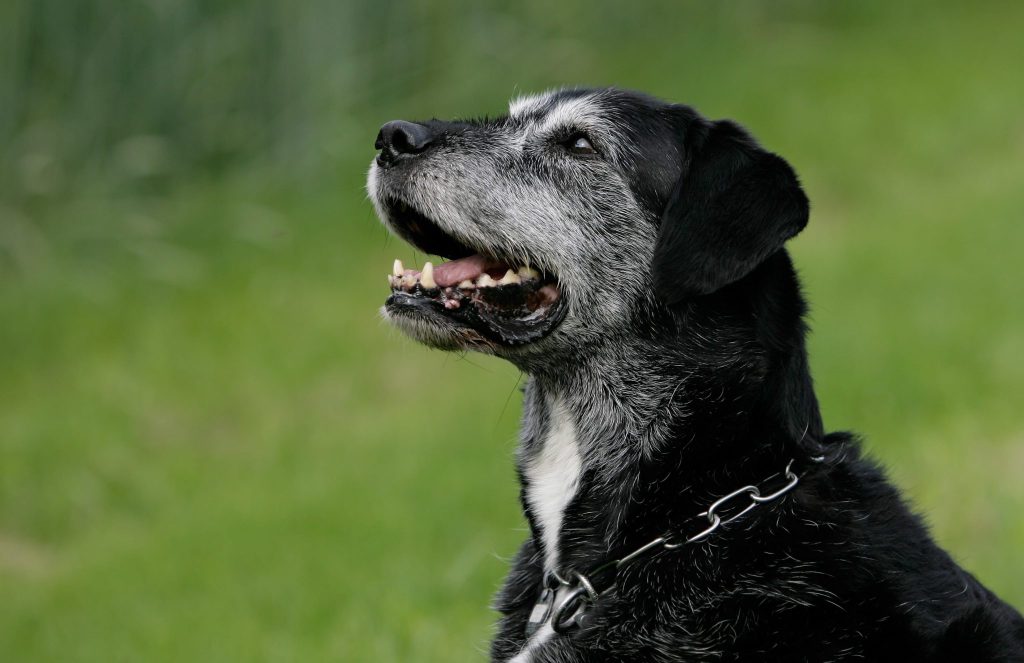
Technicians are the backbone and support of veterinarians by providing the necessary diagnostic and professional support essential to treat pets and prescribe the necessary treatments. They provide understanding and encourage the decisions veterinarians make and hold them up during a complicated case or when times are busy. Technicians assist them with difficult procedures and stand by them during long discussions.

Veterinary Naturals Hemp & Hips ‘Senior Large Breed’
[/et_pb_text][et_pb_image src="https://vetnaturals.com/wp-content/uploads/2017/04/amazon-btn-150.png" url="https://www.amazon.com/Veterinary-Naturals-Hemp-Joint-Supplement/dp/B075NNTZK7/ref=sr_1_4?ie=UTF8&qid=1541287240&sr=8-4&keywords=Veterinary+Naturals" url_new_window="on" _builder_version="3.19.1" animation_style="slide" animation_direction="left" animation_duration="500ms" animation_intensity_slide="10%" saved_tabs="all"][/et_pb_image][et_pb_image _builder_version="3.19.1"][/et_pb_image][/et_pb_column][/et_pb_row][/et_pb_section]
Methylsulfonylmethane (MSM) is a naturally occurring compound and popular dietary supplement used both for people and animals. As we age, the amount of MSM the body produces decreases, therefore supplementation is useful. MSM has many helpful properties with improvement of pain and inflammation being the most significant. The supplement is well tolerated and has been shown to be safe in dogs.






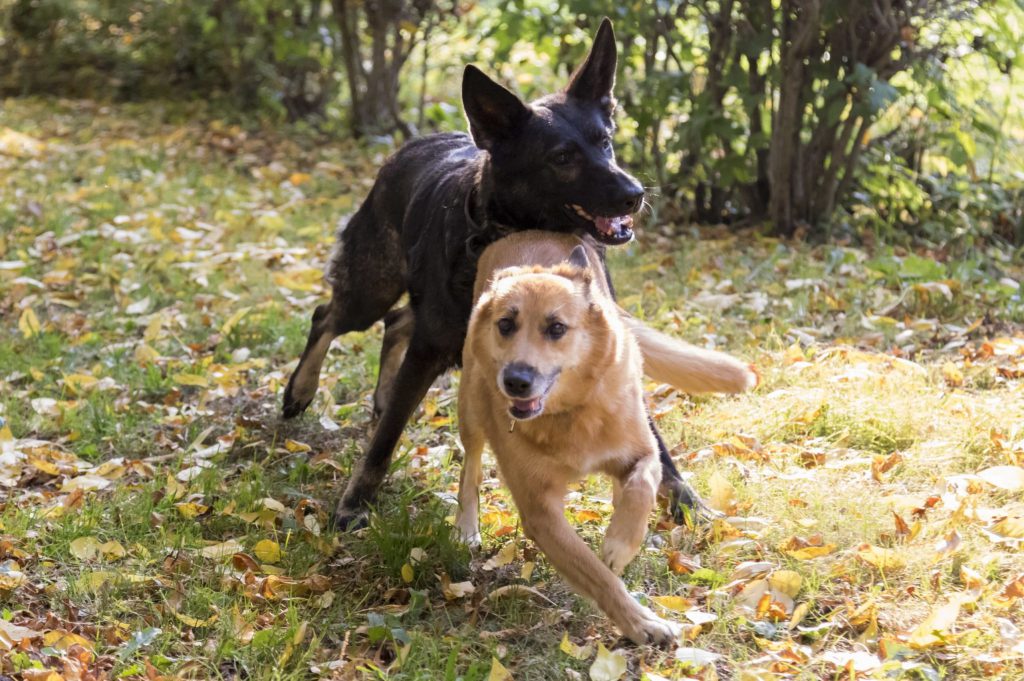
Veterinary Naturals Hemp & Hips ‘Senior Large Breed’
[/et_pb_text][et_pb_image src="https://vetnaturals.com/wp-content/uploads/2017/04/amazon-btn-150.png" url="https://www.amazon.com/Veterinary-Naturals-Hemp-Joint-Supplement/dp/B075NNTZK7/ref=sr_1_4?ie=UTF8&qid=1541287240&sr=8-4&keywords=Veterinary+Naturals" url_new_window="on" _builder_version="3.19.1" animation_style="slide" animation_direction="left" animation_duration="500ms" animation_intensity_slide="10%" saved_tabs="all"][/et_pb_image][/et_pb_column][/et_pb_row][et_pb_row _builder_version="3.19.1"][et_pb_column type="4_4" _builder_version="3.0.47" parallax="off" parallax_method="on"][et_pb_text _builder_version="3.19.1"]
There are many items that are popular around holiday time that can be hazardous to dogs. Having guests and visitors in the home can also pose a threat to pets. Here are some tips to keep your dogs safe to enjoy the holidays.

There are several food items that can be dangerous or toxic for your pets to consume.


Poinsettia has been commonly thought of as being very toxic to dogs. This is mostly a myth. However, contact or ingestions of poinsettia leaves can cause vomiting, diarrhea, nausea and irritation to the skin and eyes.


Glucosamine and Hemp Oil for Dogs – ‘Senior Large Breed’ Dog Arthritis Supplement – Soft Chew Senior Dog Vitamins
[/et_pb_text][et_pb_image src="https://vetnaturals.com/wp-content/uploads/2017/04/amazon-btn-150.png" url="https://www.amazon.com/Veterinary-Naturals-Hemp-Joint-Supplement/dp/B075NNTZK7" url_new_window="on" _builder_version="3.12.2"][/et_pb_image][et_pb_text _builder_version="3.12.2"]
Household Hazards. American Veterinary Medical Association.
Murphy, KF. “Plant Intoxications”. British Small Animal Veterinary Congress. Veterinary Information Network, 2007.
Richardson, J, Rishniw M. “Common Household Hazards”. Veterinary Information Network, 2017.
Poinsettia. Pet Poison Helpline.
“Toxic and Non-Toxic Plants: Holly.” ASPCA.
Vitamin E is a term for a group of compounds that are one of the four fat-soluble vitamins. Fat-soluble vitamins naturally dissolve in the body’s fat. Vitamin E has been shown to have many benefits and have no significant side effects when administered in doses that are not excessive.




Glucosamine and Hemp Oil for Dogs - 'Senior Large Breed' Dog Arthritis Supplement - Soft Chew Senior Dog Vitamins [/et_pb_text][et_pb_image src="https://vetnaturals.com/wp-content/uploads/2017/04/amazon-btn-150.png" url="https://www.amazon.com/Veterinary-Naturals-Hemp-Joint-Supplement/dp/B075NNTZK7" url_new_window="on" _builder_version="3.12.2" /][/et_pb_column][/et_pb_row][et_pb_row custom_padding="55px|0px|27px|0px|false|false" _builder_version="3.12.2"][et_pb_column type="4_4"][et_pb_text _builder_version="3.12.2"]
Dogs are living longer because of better veterinary care, however dogs are considered senior earlier than you might think. For most dogs, senior is considered greater than eight years old. Giant breed dogs, such as Great Danes or Saint Bernards, are considered senior over the age of five. Although it is great to have the extra time with our dogs, unfortunately this comes with a new set of age-related conditions.

The goals of a veterinarian are to keep dogs happy and healthy as long as possible. Here are seven ways to help your senior dog have a better quality of life for as long as possible.
Once our pet is considered senior, ideal veterinary care will change from the visits we had when our dogs were young. It is recommended that older dogs have a veterinary visit semi-annually, or possibly more frequently if they have any health conditions. The exam may be more in depth, and appropriate testing may include bloodwork or x-rays as a tool to screen for disease or if your pet is having any abnormal signs. These tests and a physical exam by your veterinarian check for signs of diseases that are more common in our older dogs.

Sadly we can see disease in pets of any age, but senior dogs are more likely to develop the same health issues we see in older people including:

Although these signs can occur in dogs of a variety of ages, there are a few common signs of disease that senior dogs should be monitored for. If any of these signs are seen, a visit with your veterinarian is recommended. The following is a list of critical changes to monitor your pet for.
Many senior pets will sadly suffer from cancer and although there is not one specific sign to monitor for, there are some signs of cancer in dogs.
Monitoring pets for behavioral changes is critical because as we see these changes, abnormal medical signs may start to occur. Changes in behavior are a good indicator that your pet may have a disease.
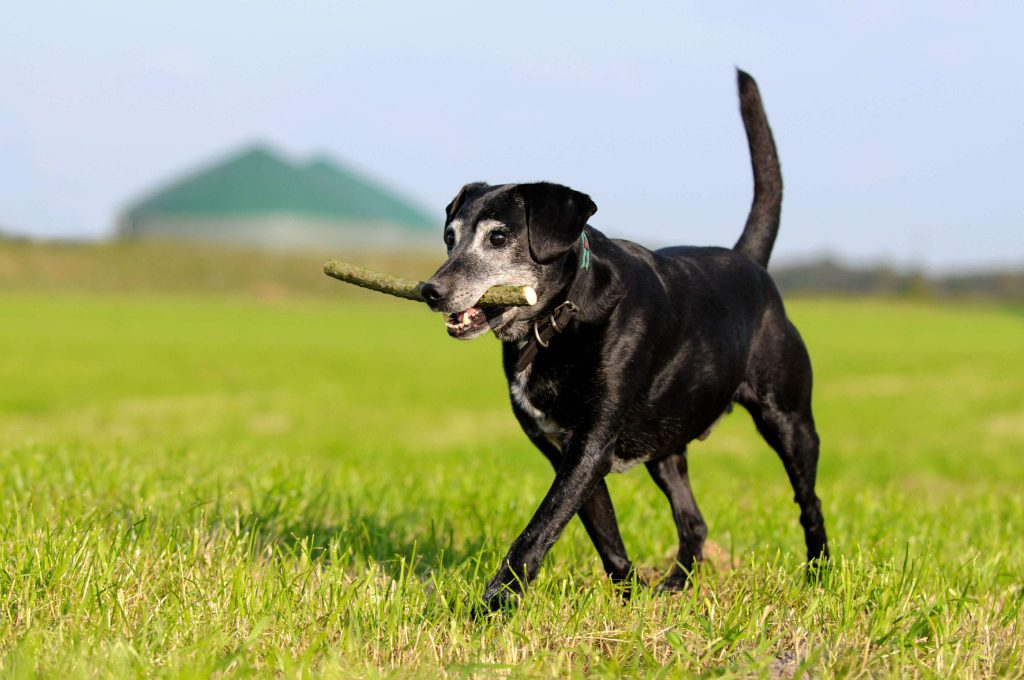
Below are the following possible behavioral changes we should closely monitor our older dogs for.
Many senior dogs will suffer from Canine Cognitive Dysfunction, which is similar to Alzheimer’s disease or dementia in people. Although there is no specific treatment to reverse the changes that occur in the brain during this process, there are some things that can be done to decrease the severity of the symptoms such as increasing exercise and mental stimulation. Attempting to teach your dog new tricks may also be helpful. Your veterinarian may recommend medicine and supplements, such as omega fatty acids that can help slow down the progression of the disease.
One of the biggest fears owners have for themselves, loved ones and their pets is to ensure they are not in pain. Pain can be expressed in each dog differently and many dogs are very tough and will not show signs of pain.
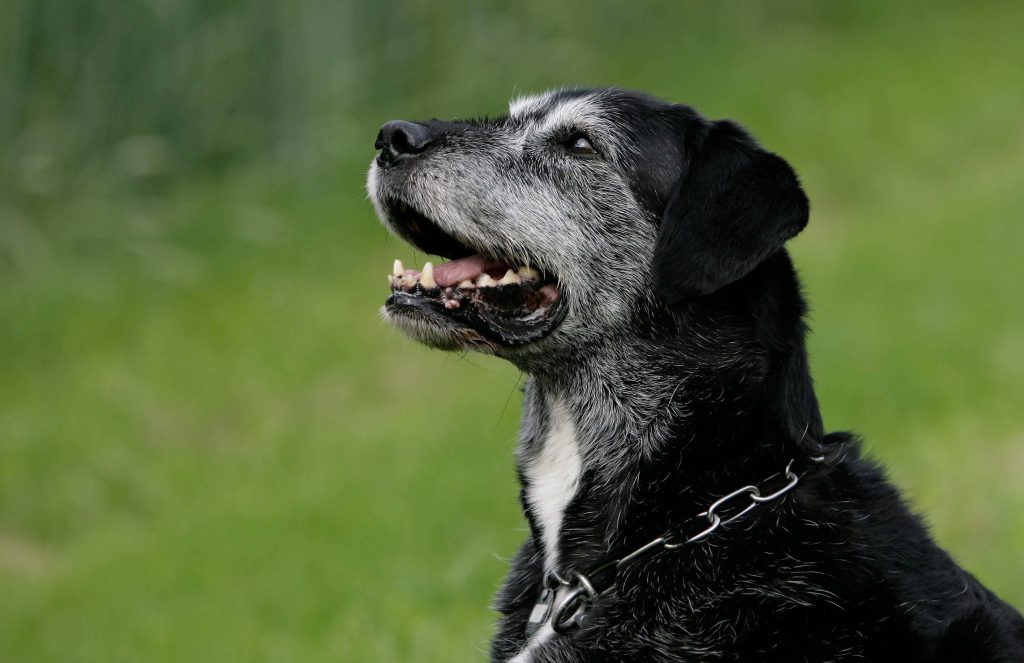
Below are some of the signs of pain.
A variety of diseases and conditions can cause pain, and there are many options for pain relief that can be discussed with your veterinarian. One or multiple prescription medications may be prescribed. The use of supplements such as omega fatty acids and glucosamine can provide pain relief. Other options include acupuncture, massage and physical therapy.

The use of supplements, particularly those containing glucosamine, chondroitin and omega fatty acids will benefit senior pets. Both can help significantly with arthritis, which is very common in older dogs. They have very rare side effects, mostly tummy upset that improves after a few doses and these supplements have been proven to be safe and effective. Many older pets will have changes in their activity level and avoid playing, jumping, running and other activities they previously enjoyed. The use of these supplements both as a preventative and treatment can help your pet have a healthy activity level.

Glucosamine and chondroitin have been shown to help with both the degenerative and autoimmune form of arthritis, and provide pain relief. Fatty acids have also shown to be beneficial for a variety of other diseases. These include kidney failure, abnormal rhythms of the heart (arrhythmias), heart failure, inflammatory bowel disease and some cancers.
Some simple household changes may also be beneficial to older pets. Especially due to arthritis or neurologic conditions, your dog can have a tough time around the house and a few changes may be very helpful.

Other than the above changes, keeping everything similar to how your pet was raised is also ideal as your pet ages. Hearing and vision will diminish overtime, so moving or adding new pieces of furniture can affect your pet. Keeping bedding and food bowls in the same place will make life easier as these senses change. Moving homes can be difficult for older dogs and it can take them some time to become accustomed to their new household. And don’t forget to provide your aging dog with extra love and attention!
Weight changes can have a significant effect on a dog of any age, but particularly senior dogs. Keeping your dog at an ideal weight will provide your pet with a good quality of life. It is not important to focus on the number of pounds, but how your pet looks and feels. When you pet your dog on the side of the chest, you should be able to feel the bony ribs, but should not be able to see them from across the room. When you look at your dog from above, they should have a tiny inward tuck of their waist. If your dog does not have this appearance, your dog is considered overweight or obese.

Excess weight or obesity increases the risk of many diseases, as it does in humans. Arthritis is one of the most common diseases affected by excess weight. However, respiratory issues, heart disease, high blood pressure and skin diseases also commonly occur. Despite feeding and exercising your dog properly, some dogs will gain weight due to an undiagnosed disease being present, most commonly hormonal diseases affecting the thyroid (hypothyroidism) or adrenal glands (Cushing’s disease). If your dog is gaining weight for no apparent reason, it is recommended to have them evaluated by a veterinarian and bloodwork will likely be recommended. An excess of treats can also result in weight gain and does not provide the appropriate nutrients..
Weight loss is also important to monitor. Some senior pets may become picky eaters as they age, and will need a diet change for them to maintain a healthy weight. However, weight loss in senior pets is often due to an underlying disease. As we all age, some muscle loss is to be expected, but drastic, rapid muscle loss is also a sign of illness.
Weighing your pet at home or by bringing large dogs to a veterinary hospital is the best way to monitor weight. When we see our dogs daily, it is difficult to judge ourselves.
Nutrition is key to helping your senior dog maintain a healthy weight. As your dog ages, so does their ability to taste and smell food, which can affect their appetite. Many dogs will become picky eaters, and a diet change may be helpful. Many dogs prefer canned food or moisture added to dry food as they age, as chewing may be more difficult for them. If your pet is healthy and at an ideal weight an adult maintenance or a senior diet is suitable and should contain the following:
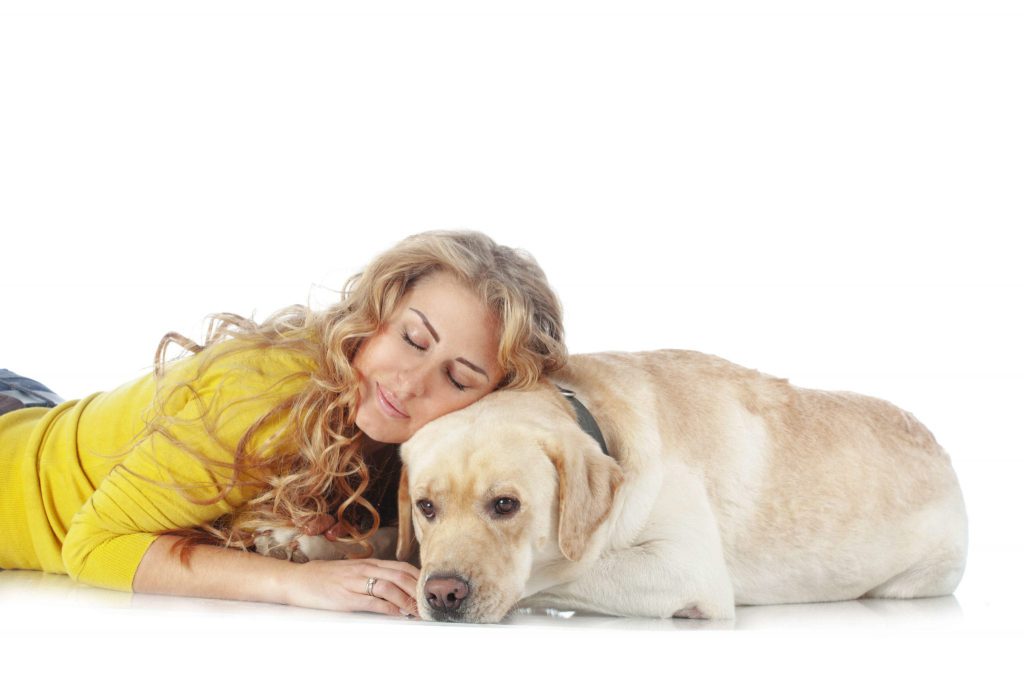
Many health conditions require a specific diet. These diseases are not often cured by diet but slow down the progression of the disease. The following diseases are just a few examples that can be helped by dietary changes.

Many people feed their dogs a home cooked diet. If a home cooked diet is being used, it is important that the appropriate amounts of supplements are added, as a dog should not eat only human food. A lack of appropriate canine nutrients can have detrimental effects on any dog, particularly those who are senior. There are many reasons why home cooked diets that are not supplemented appropriately can be unsafe. One example is taurine, an amino acid that when lacking leads to pets developing heart disease. There are supplement kits that can be added to home cooked diets.
A proper diet should be developed by working with your veterinarian to choose appropriate foods for your senior dog. If a home cooked diet is being used, you veterinarian can make sure your dog is getting adequate essential nutrients to maintain good health.
Turmeric is derived from a plant, Curcuma longa, which is in the same family as ginger and cardamom. Turmeric is thought to have many beneficial health effects. The use of turmeric and other nutraceuticals (food derived supplements) is gaining popularity in veterinary medicine and turmeric has been studied extensively to increase understanding of its potential benefits. The use of turmeric has been shown to be safe, with no reports of significant side effects.






Hemp & Hips:
[/et_pb_text][et_pb_image src="https://vetnaturals.com/wp-content/uploads/2017/04/amazon-btn-150.png" url="https://www.amazon.com/dp/B06ZYSPJF6" url_new_window="on" _builder_version="3.0.74" animation_style="slide" animation_direction="left" animation_duration="500ms" animation_intensity_slide="10%" saved_tabs="all"][/et_pb_image][et_pb_text _builder_version="3.12.2"]
Wynn SG, Fougere B. Veterinary Herbal Medicine. St Louis, MO: Mosby Elsevier; 2007:652, 653, 654, 655.
Many dogs can weigh up to 150 pounds or more. These dogs have specific health issues and care recommendations. The largest breed dogs include the Great Dane, Mastiff, Newfoundland, Saint Bernard, Leonberger, Bernese and Swiss Mountain Dogs, and the Irish Wolfhound. Many mixed breed dogs and Shepherds can also become very large.
Large and giant breed dogs are prone to getting a variety of orthopedic conditions, such as hip dysplasia and arthritis, even at an early age and are susceptible to stomach bloat.

Here are some recommendations to caring for large and giant breed dogs.

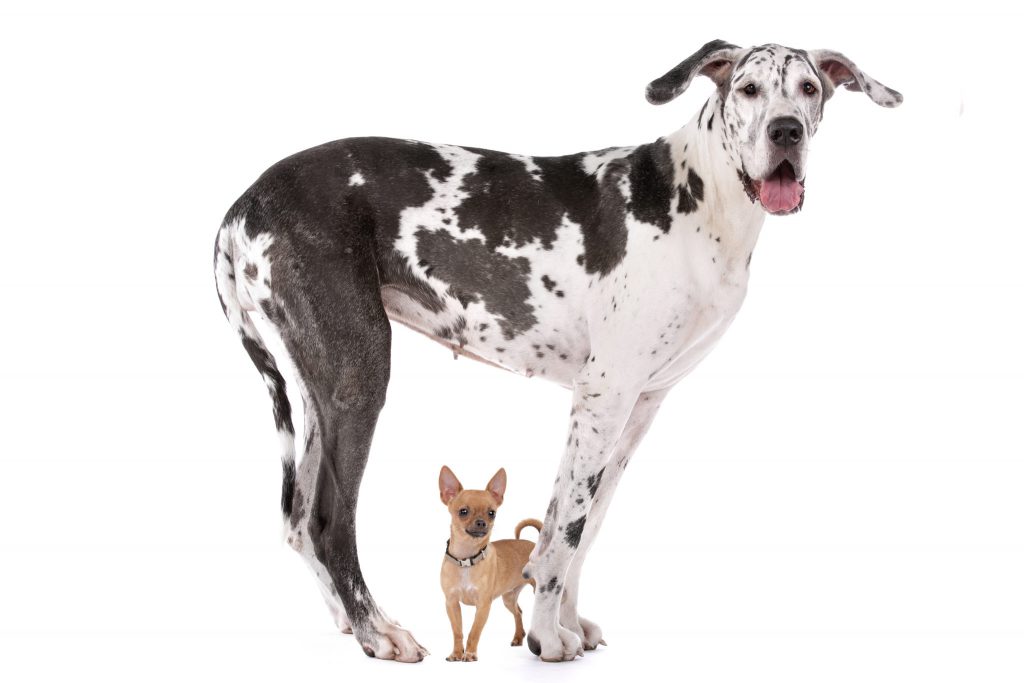
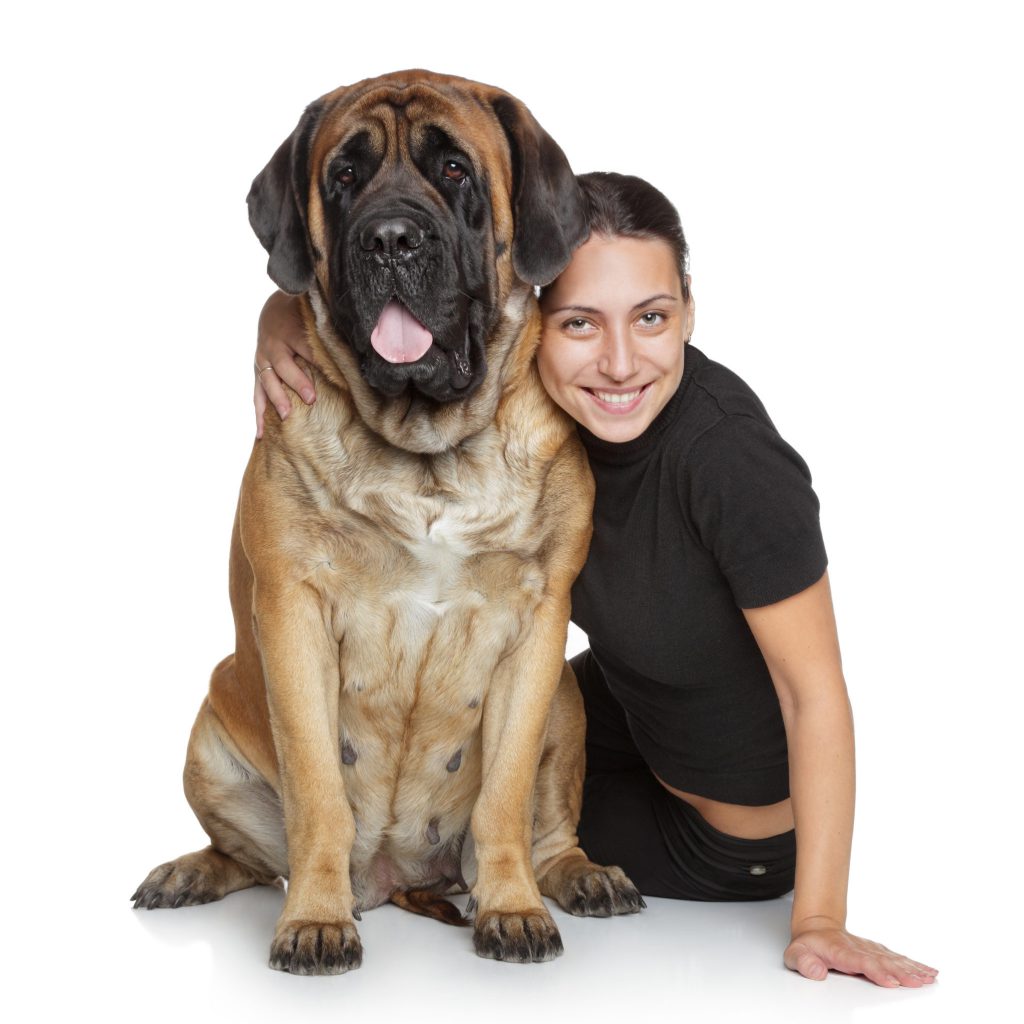

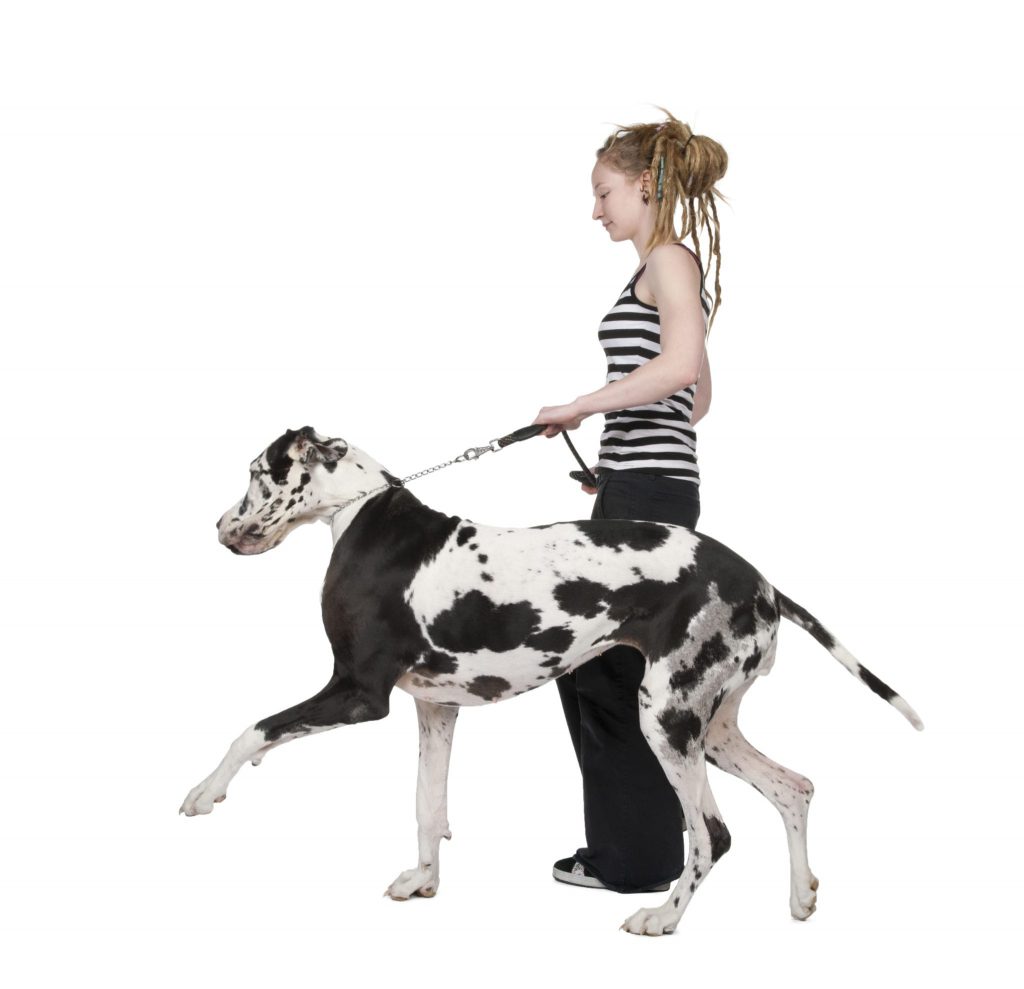

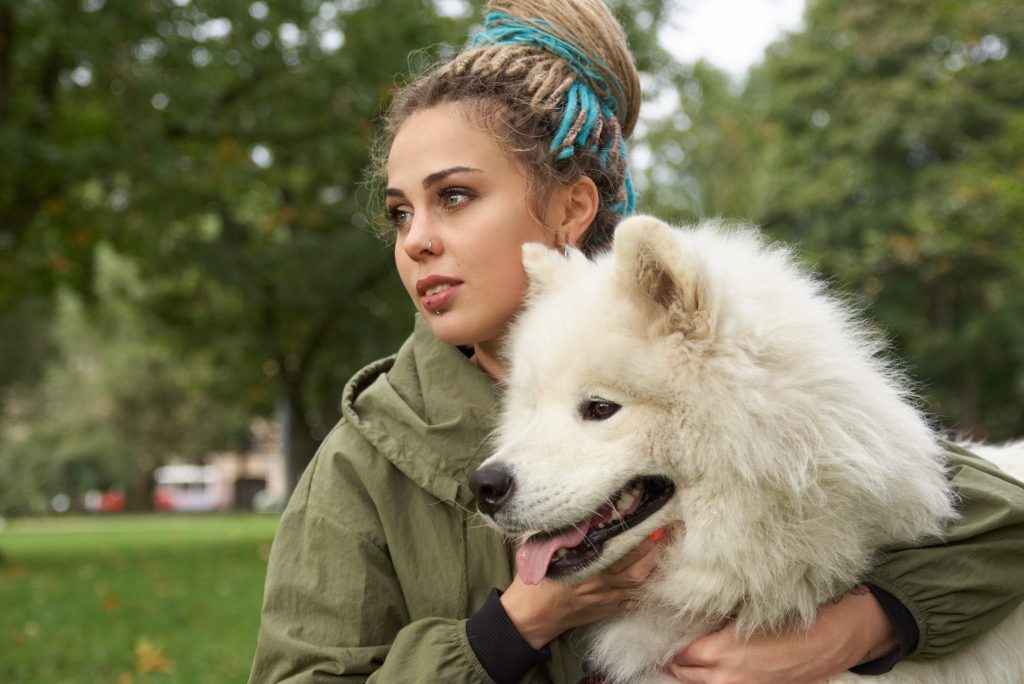







Hemp & Hips -
[/et_pb_text][et_pb_image global_parent="1222" src="https://vetnaturals.com/wp-content/uploads/2017/04/amazon-btn-150.png" url="https://www.amazon.com/Veterinary-Naturals-Hemp-Hips-Inflammation/dp/B01N2S774K" url_new_window="on" _builder_version="3.0.106" custom_css_main_element="float:left;||margin-right: 30px;" /][et_pb_image global_parent="1222" src="https://vetnaturals.com/wp-content/uploads/2017/04/chewy-btn-150.png" url="https://www.chewy.com/veterinary-naturals-hemp-hips/dp/152766" url_new_window="on" _builder_version="3.0.106" custom_css_main_element="float:left;" /][/et_pb_column][/et_pb_row][et_pb_row _builder_version="3.10.1"][et_pb_column type="4_4"][et_pb_text _builder_version="3.10.1"]

Driving in a car with a dog is usually fun for both the dog and the owner, but it can be dangerous for a variety of reasons. However, safe transport of a dog can be possible by following these recommendations.





If it is too hot outside for you, then it is even hotter for your pet! Here are 10 precautions to be mindful of as the weather becomes warmer.

3) Make sure your pet always has plenty of access to fresh, clean water

8) Overweight pets and short-nosed breed dogs have a higher chance of having problems in the heat
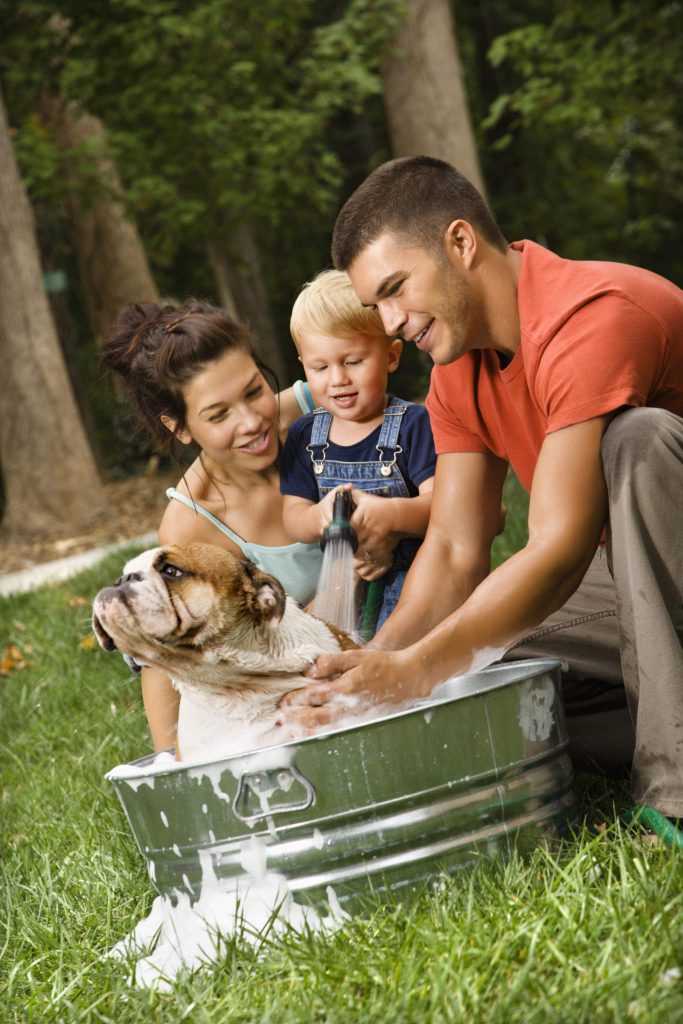
Hemp & Hips -
[/et_pb_text][et_pb_image src="https://vetnaturals.com/wp-content/uploads/2017/04/amazon-btn-150.png" url="https://www.amazon.com/Veterinary-Naturals-Hemp-Hips-Inflammation/dp/B01N2S774K" url_new_window="on" _builder_version="3.0.106" custom_css_main_element="float:left;||margin-right: 30px;"][/et_pb_image][et_pb_image src="https://vetnaturals.com/wp-content/uploads/2017/04/chewy-btn-150.png" url="https://www.chewy.com/veterinary-naturals-hemp-hips/dp/152766" url_new_window="on" _builder_version="3.0.106" custom_css_main_element="float:left;"][/et_pb_image][/et_pb_column][/et_pb_row][/et_pb_section]



3. Increased thirst and urination. For increased thirst and urination to be truly a cause of a disease, it must be excessive. You should see a noticeable difference in the amount and frequency of drinking. How long your pet postures to urinate or whether urination is just more frequent can be a subtle sign. Urine accidents or urine in bedding may also occur. The top three diseases are the most common causes of increased thirst and urination.

These diseases can also increase thirst and urination.

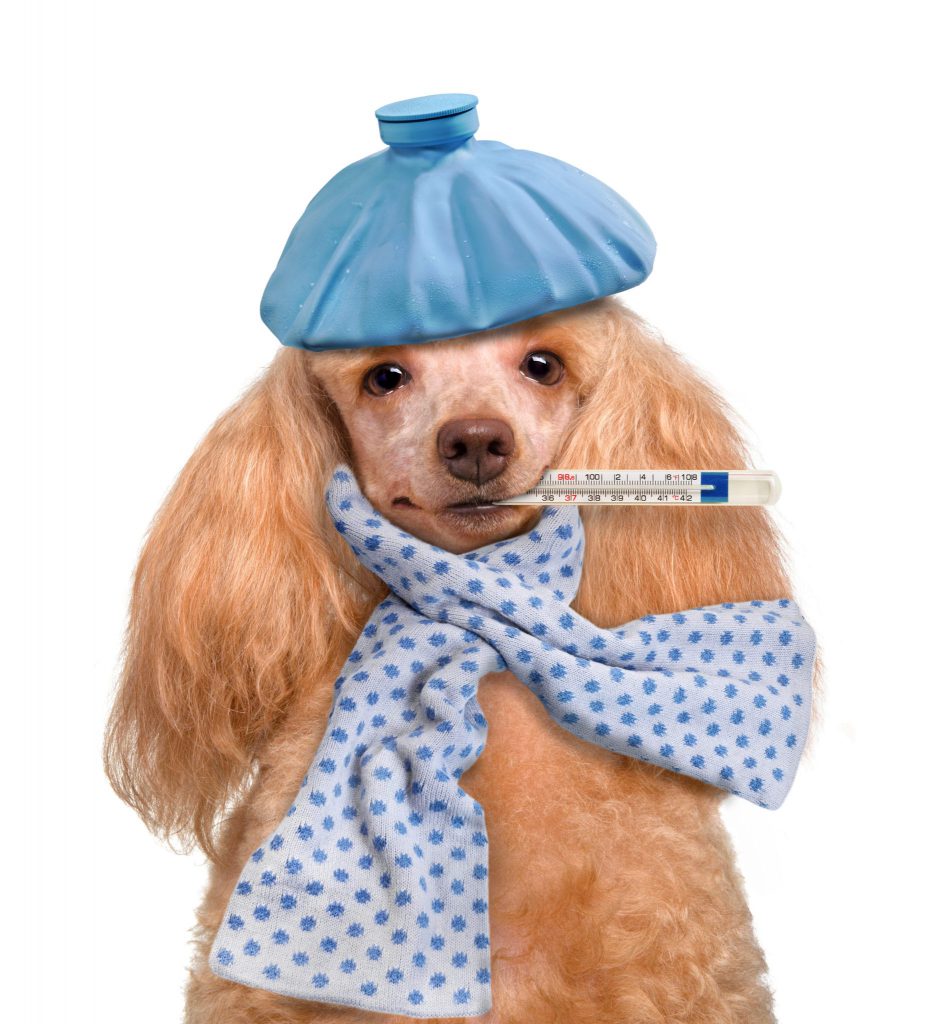
Hemp & Hips:
[/et_pb_text][et_pb_image src="https://vetnaturals.com/wp-content/uploads/2017/04/amazon-btn-150.png" url="https://www.amazon.com/dp/B06ZYSPJF6" url_new_window="on" _builder_version="3.0.47" animation_style="slide" animation_direction="left" animation_duration="500ms" animation_intensity_slide="10%" saved_tabs="all"][/et_pb_image][et_pb_image _builder_version="3.0.106"][/et_pb_image][/et_pb_column][/et_pb_row][et_pb_row _builder_version="3.0.106"][et_pb_column type="4_4" _builder_version="3.0.106" parallax="off" parallax_method="on"][et_pb_text _builder_version="3.0.106"]
Ettinger, Stephen J., and Edward C. Feldman. Textbook of Veterinary Internal Medicine: Diseases of the Dog and the Cat. Elsevier Saunders, 2010.
Thompson, Mark S. Small Animal Medical Differential Diagnosis: a Book of Lists. 2nd ed., Elsevier, 2018.
Yin, Sophia A. The Small Animal Veterinary Nerdbook. Cattledog Press, 2010.
[/et_pb_text][/et_pb_column][/et_pb_row][/et_pb_section]

